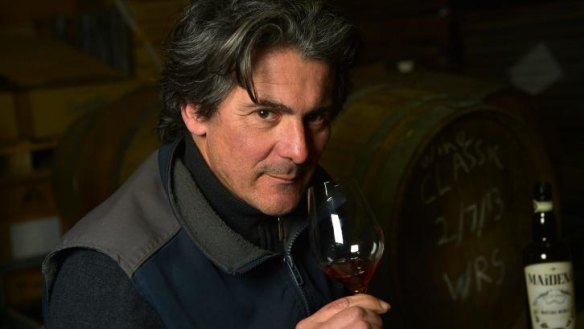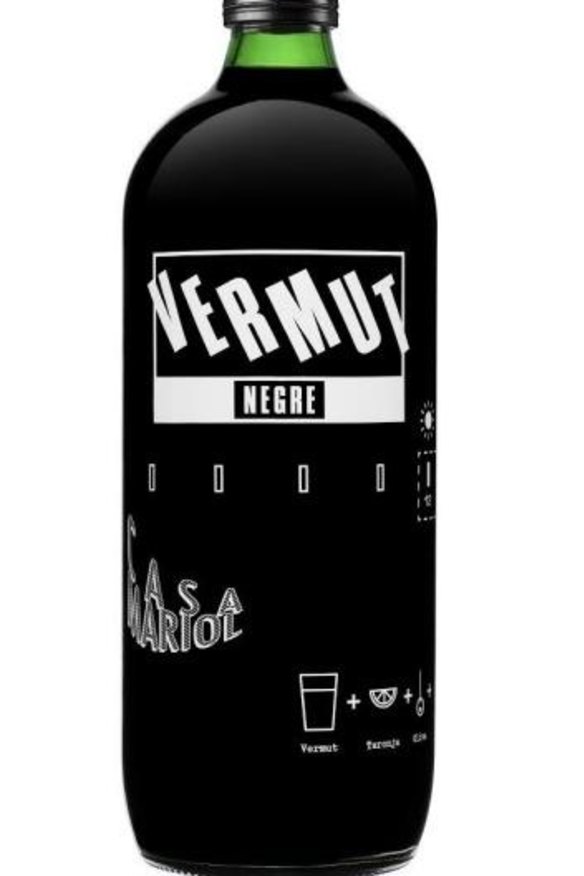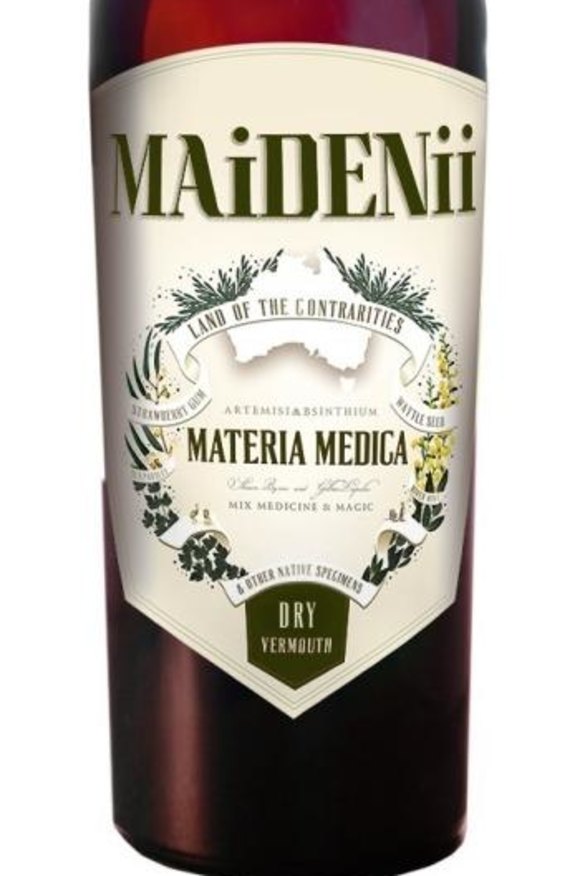Vermouth rides a new wave

Big in the '70s but largely neglected ever since, poor old vermouth has long been the frumpy bridesmaid of the booze world – seemingly only ever worthy when in the company of brasher players like gin or whisky. But as we're finding, a new guard of producers, bartenders and drinkers are bringing vermouth's sexy back.
By definition a fortified, aromatised aperitif wine, vermouth first came into being during the 18th century in the French Savoy region, which encompassed Turin and Chambery, and imported botanicals via the Mediterranean port of Marseille.
Although versions of it kicked around for centuries as a medicinal wine, it was the Italians who brought vermouth into recreational drinkers' vernacular. A distiller from Turin called Antonio Benedetto Carpano introduced of the first sweet rosso (red) vermouth in the late 1700s, and the French soon followed suit, developing their own dry blanc (white) style in about 1800.

Today, after an extended history of playing second fiddle in classic cocktails such as the martini, manhattan and negroni, you'll now see a range of high quality vermouths served boldly unadorned (maybe on ice, sometimes with a splash of soda) as aperitifs at places such as Attica, MoVida, Brae and Bar Ampere. If local trends in Australia are anything to go by, it's a beverage that broadminded drinkers are increasingly getting a vibe for.
"People are always pleasantly surprised at the quality of our vermouth. There's a kind of shock, really," says Shaun Byrne, bar manager at Gin Palace and co-founder of local vermouth producer Maidenii. "They're only just starting to catch on that it's a great stand-alone drink".
Based at Sutton Grange Winery near Castlemaine, Maidenii produces three varieties of vermouth – aperitif, sweet and a dry. As well as sourcing traditional botanicals such as gentian, angelica root and bay, distiller Gilles Lapalus also uses native Australian botanicals such as river mint, sea parsley and wattleseed.

According to Byrne, quality vermouth is now going the way of top-shelf gin, with discerning drinkers calling the shots on what goes into their negroni or martini. "It's getting to a point now where people are actually naming the vermouth that they want in their negroni, whereas it only ever used to be that they'd name the gin that they wanted," he says. "The same thing goes for martinis, too."
After years spent working in bars and observing the general lack of love vermouth had received, Byrne is now seeing a big shift in the public perception of the drink. "It's great because it shows that people are starting to get a better understanding of the [vermouth] category. They're realising that it's not just something your nanna kept in a two-litre flagon at room temperature for seven years."
Though it probably never went out of favour with little old men there, in Europe vermouth is well and truly back in vogue too. Most notably so in Barcelona, where hip vermuterias (vermouth bars) such as Bodega Maestrazgo and Morro Fi are dominating the scene with a new generation of young locals at the helm. Understandably, in recession-strapped Spain, vermuterias offering drinks for two euros and up have been a massive hit and have gradually exposed vermouth culture to a much younger crowd.
Further advancing the Barcelona hipness factor, Albert Adria (brother of El Bulli's Ferran) recently opened a vermuteria of his own in the Poble Sec district. It's called Bodega 1900, and you can choose from more than 17 vermouths, served in traditional Catalan style – orange slice, green olive, ice and a splash of soda – alongside humble snacks such as pickled cockles or potato crisps.
Back in Australia, while old-school Italian brands such as Martini and Cinzano were a big deal at suburban dinner parties in the '70s, and that the after-hours antics of decades worth of Melbourne University students were fuelled by oceans of Jimmy Watson's 'dry and dry', we've clearly moved on.
At CBD diner Bomba, Spanish vermouth Casa Mariol Vermut Negre, a barrel-matured, dark style vermouth infused with up to 150 aromatics, has been a dead-set hit. Says Casa Mariol brand ambassador and Bomba bartender James Duffield "We've really noticed an increase in its popularity here. We absolutely fly through it." And there's no lemonade, cola or dry in sight either. At Bomba, it's de rigueur to drink it properly – on ice or with a splash of soda.
What's clear is that today's vermouths are about freshness, complexity and an intriguing fusion of beautiful aromatics. Along with Casa Mariol, local artisan brands such as Regal Rogue, Causes & Cures and Maidenii are all leading the way with their sophisticated examples, encouraging a much deeper appreciation for the genre.
Perhaps more importantly though, true vermouth culture about embracing that typically European custom of enjoying a somewhat perfunctory, low-alcohol tipple during daylight hours. So if you're yet to get on board, take your cues from the Spaniards: sneak a couple in over lunch and join the neo-vermouth revival.
- More:
- Drinks